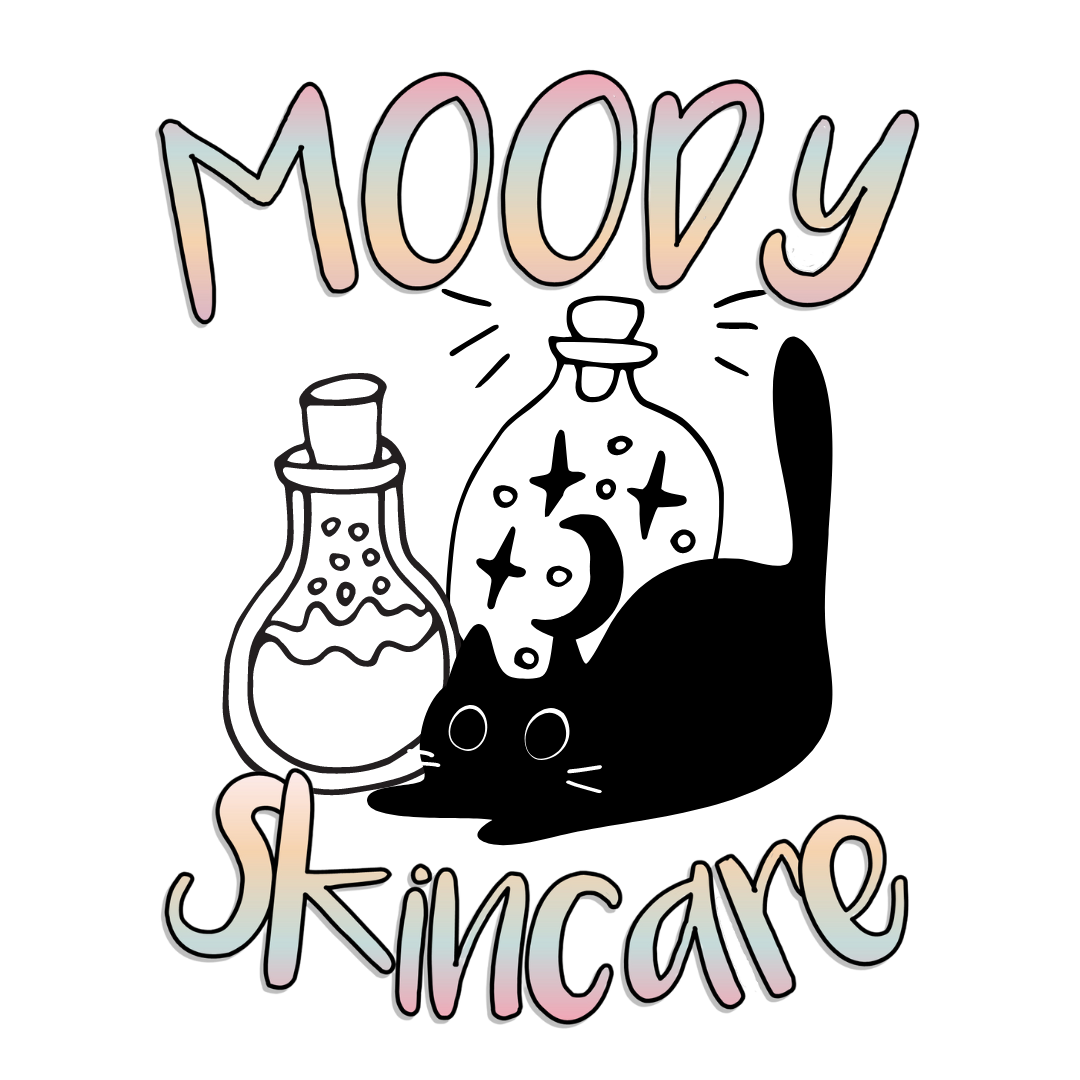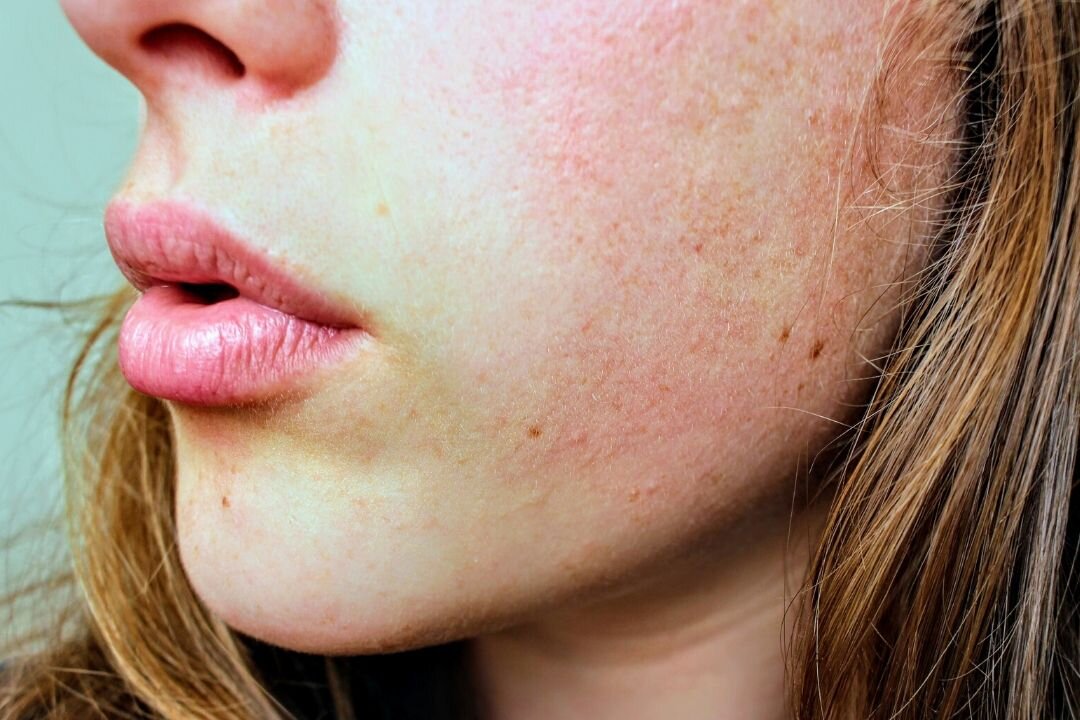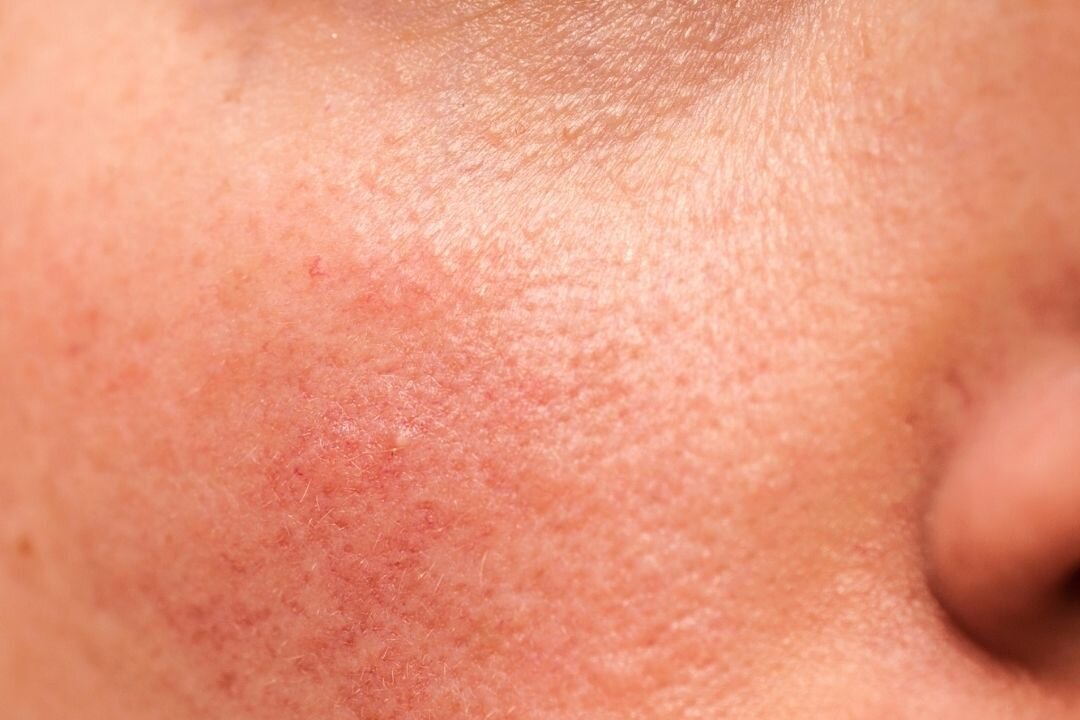Why is my skin so bad?
Why is My Skin So Bad and what can I do about it?
Have you ever caught a glimpse of your reflection in the mirror, and your attention immediately focuses on flaws? Perhaps your skin has been looking a tad tired and dull. Or maybe you’re battling a breakout that would send your 16-year old self spiraling.
If you’ve recently questioned why your skin is so bad, it might be time to take a closer look at your products, as well as your go-to routine. Often, even the slightest change can make the difference between dreary, uneven skin and a glowing, clear complexion. Lucky for you, our experts are eager to help you achieve the skin of your dreams. Keep reading for recommendations straight from the professionals.
Ordinary skin care issues
No one has truly flawless skin, regardless of age or access to pricey, high-end products. In fact, we’re willing to bet each one of our readers has something about their skin that they’d like to improve. Be it dryness, redness, uneven texture, or every woman’s worst nightmare — wrinkles, there are a number of common skin care concerns that are universally experienced by even the baddest babes.
Arguably one of the most common causes of moody skin concerns is simply a matter of poor product selection. Thankfully, the lovely ladies of Moody Sisters have taken the guesswork out of picking the perfect products for your skin type. See what products are recommended to help reduce the appearance of these common moody skin issues.
Acne & Breakouts
If you thought that breakouts come to a halt after adolescence, think again. Believe it or not, it’s reported that more than 50% of women who’ve outgrown their teen years still battle breakouts well into adulthood. Not only is acne unsightly, it can be painful, and may cause permanent scarring on the surface of your skin. Sufferers of adult acne don’t necessarily have overactive oil glands. Rather, in most cases, the appearance of blemishes is the result of your skincare routine. Make sure you’re using a skin care routine that will curb oil production, tighten pores and offer non-comedogenic hydration.
We recommend the Clear & Tone Skincare to reduce the appearance of acne and blemishes.
Fine lines & wrinkles
Aging is simply a fact of life, and with aging your skin begins to wrinkle and crease. Not only does your skin become thinner, it loses its plumpness and elasticity. While we can’t fight mother nature, there are steps you can take to care for your skin so that it remains healthy and happy well into your adult years. Protecting your skin from the sun, avoiding smoking, and eating a well-balanced diet are just a few. To ensure glowing skin, at all ages, make sure that you are exfoliating to remove dull, dead skin and using products infused with powerful smoothing ingredients like hyaluronic acid.
We recommend the Smoothing Booster kit to reduce the appearance of fine lines and wrinkles.
Dry & dull skin
Dealing with dull, dry skin can be particularly pesky. Dryness leads to itching, irritation, and in some cases redness and peeling. The causes of dry skin are varied, but it’s commonly experienced as a result of cold weather, harsh ingredients in your cleansers, or even the quality of your tap water. Hydrating your body both internally and externally can give your skin the gulp of moisture it needs. Make sure to start with a daily hydrating facial care routine that nourishes deep and locks in moisture.
We recommend the Hydrating Skincare to hydrate and soothe dry skin.
Dark spots
Dark spots on your skin are the result of hyperpigmentation, defined as overactive melanin production. Hyperpigmentation occurs from scarring, aging, or excessive sun exposure. Though harmless, dark spots can appear unsightly, and you may wish to conceal them. Luckily, there are plenty of skin care solutions for dark spots, including vitamin C serum, retinoids, and chemical exfoliants.
We recommend the Brightening Booster kit to reduce the appearance of dark spots or circles.
Redness/rosacea
Rosey cheeks can be downright darling, but for sufferers of rosacea, a flushed face is less than desirable. Rosacea is a condition of the skin that causes random flare ups of facial reddening. Swollen red bumps that resemble acne marks tend to be another common characteristic of rosacea. And unlike acne, these bumps can be trickier to conceal. Make sure you are using calming and inflammation reducing skincare to combat the redness.
We recommend the Calming skincare to reduce the appearance of redness from rosacea.
Other reasons why your skin might be bad
There are plenty of harmful habits that can cause your skin to react poorly. If any one of these habits sounds familiar, you could be putting the health of your dermis in danger. Like anything else, kicking a habit takes discipline. But doing so can improve your skin more than you may know.
1. Poorly hydrating
Just like you have to hydrate the surface of your skin with moisturizer, it’s equally as important to hydrate your body internally. Aim for 74 ounces of water each day (approximately 9 cups), and watch your skin go from parched to soft and smooth right before your eyes.
2. Forgetting to wash your makeup off
We’ve all been guilty of this at one time or another. A late night out with the ladies, or an endless shift at work can cause us to skip this crucial step to healthy skin. Makeup clogs your pores, and can cause breakouts, so be sure to scrub your face before crawling into bed.
3. Sleeping on a dirty pillowcase
Your pillowcase is not as clean as you might think. It accumulates dirt and oil from your hair and skin, which then transfers to your face while you sleep. This is especially true if you forget to remove your makeup often. Throw your pillowcase in the wash every two weeks, and your pillow every 4-6 months for optimal cleanliness.
4. Eating sugary foods
You’ve surely heard the saying “everything in moderation,” and sugary foods should be no exception. High-sugar foods deplete your body’s natural collagen levels, leaving behind loose skin with very little elasticity. A great tip for moderating your sugar intake is to avoid drinking your calories. Ditch the sugary energy drinks, sodas, and trendy Starbucks beverages, and stick with water instead.









